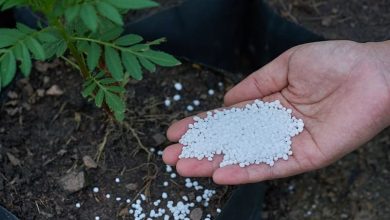How to Raise Ladybugs at Home (Catarinas) step by step

Very good to all Agrohuerters! Today we are going to see how ladybugs can be raised at home easily and very cheaply. First, in the video, you can see how I have made my little house or shelter for ladybugs; and then we will see in the rest of the post how to feed them and how to take care of the ladybug eggs to get more copies.
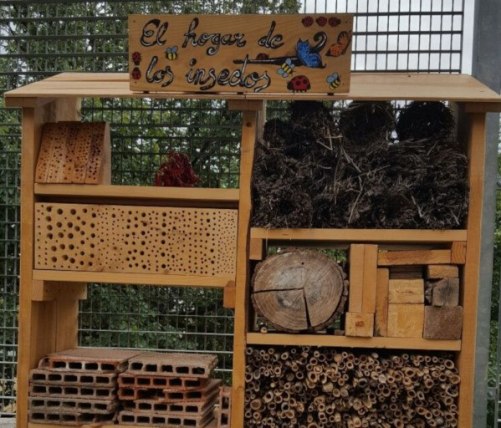
Raise ladybugs at home, why?
As we have already mentioned before, ladybugs (Genus Coccinella) are natural enemies of other insects as they feed on other species that are harmful to our plants, such as the terrible aphids or the red spider.
This predatory nature of ladybugs makes it a powerful ally for our garden or flowerpot as we can use them in our biological control program against pests and diseases. If you do not have an insect shed in the garden, you can always raise ladybugs at home for later. Dropping them into it is just as effective as long as they find food on your plants.
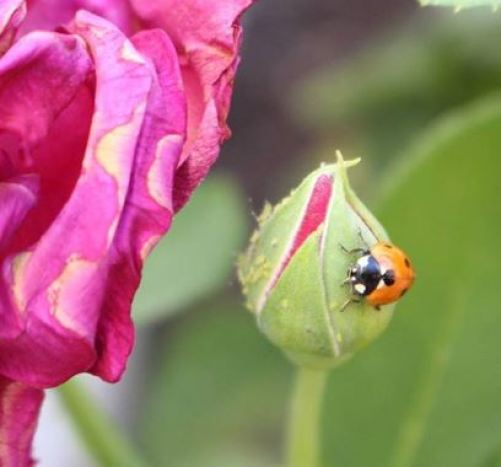
How to get ladybugs?
Before you start raising ladybugs at home, you have to get ladybugs… In this aspect, do not go too crazy, it is not necessary to buy them from a commercial house or anything like that, you just have to walk through the countryside or a vacant lot in the city and take a good look at plants infected with aphids.
These infected plants will almost certainly be associated with ladybug larvae or adult ladybugs, they are not stupid and will go for the food they like the most, once you have found them you just have to capture them in a boat calmly, both the larvae and the adults are very docile and peaceful, they will not resist or sting you. As long as you get about 6 you can start raising ladybugs at home.
ladybug shelter
To breed ladybugs at home you need to give them an appropriate shelter, the construction of a «mariquitarium» or ladybug terrarium is very simple and very cheap by following these steps:
- Get a plastic or cardboard box, which has a lid to close it, remember that ladybugs have wings… Make some holes in the lid to facilitate oxygenation of the «mariquitarium» and place napkins at the bottom to facilitate periodic cleaning.
- Place a piece of egg cup inside. Ladybugs like to hide at night to take shelter from predators or lay their eggs, and this structure allows them to do so by sneaking in from behind.
- Have a free space to place the leaves infested with aphids, these little animals need to eat quietly. This will be the food to raise ladybugs at home.
- Place some crumpled balls of paper. These structures are also used to hide and lay eggs.
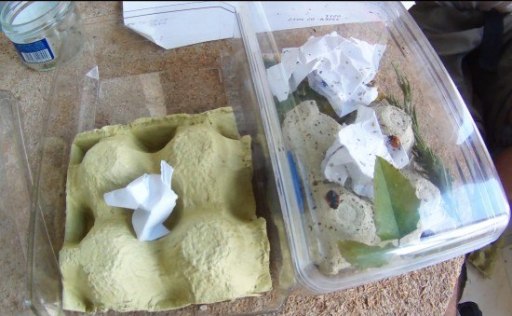
what do ladybugs eat
Raising ladybugs at home requires feeding your guests… As I have mentioned before, the basic diet of these insects is aphids, it is what they like the most and with what they develop best.
To give your ladybugs aphids you have two options:
ladybugs eat aphids
- Find plants infested with aphids, it’s as easy as turning the leaves and observing black or yellow dots on the underside, that’s aphids. Pluck off these infested leaves or stems and feed them directly. This option has a drawback and that is that the aphids feed on the sap of the plant, if the plant stops receiving water (we pull it up) there is no sap, and the aphid ends up dying after 2 or 3 days, yes, your ladybugs They haven’t been eaten before. Basically, this option is bread for today and hunger for tomorrow and you will have to go out more regularly to look for species infested with aphids.
- Find these same aphid-infested plants, cut off a shoot with several leaves, and place it in the “ mariquitarium ” with a supply of water. A small homemade and simple hydroponic. It will be enough to take a small container and fill it with water, place a napkin at the end, as a stopper that stays moist and finally puncture that sprout in the napkin. In this way the shoot will be in contact with the water and the aphids will be able to continue sucking the sap from the leaves, they will last more days than the other way, although it all depends on the number of aphids and the quantity of leaves.
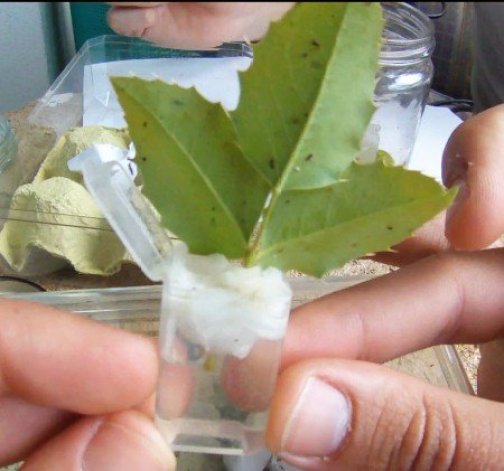
Water and honey for ladybugs
But the ladybug does not live only on aphids and if you are in a hurry or you have not been able to find aphids for a week, you can always feed your ladybugs with sugar, nectar. For this, simply take the cap of a bottle and put a few pieces of paper soaked in water with honey, with this they will last a few more days until you find fresh aphids.
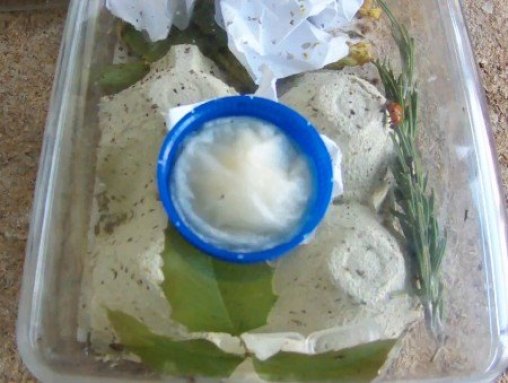
Ladybug Egg Care
Well, we are already starting to breed ladybugs at home, we have the shelter, the diet, etc… The normal thing is that they end up with H or B, laying eggs behind the egg carton or in one of the paper balls.
The care of these eggs is more delicate than all of the above, it is recommended to keep them at a constant temperature of about 26ºC and that the humidity does not exceed 50% to avoid fungal problems. Once the egg hatches prepare yourselves because you will have a real army of hungry aphid larvae, so you will have to intensify your search for food. From the larva they go on to pupate to finally become ladybugs.

As you have seen, raising ladybugs at home is not that difficult and, above all, it is very cheap and educational for the little ones. I have already started with it to have my garden free of aphids and much more animated with these little allies.
There is also another type of house for ladybugs or larger mariquitarium, which you can build outside, next to the plants in the garden. Lucía taught us about it in the post Raising beneficial insects in the garden: the home of insects.
Video tutorial on how to raise ladybugs at home
References
- Bianchi, FJJA, & Van Der Werf, W. (2004). Model evaluation of the function of prey in non-crop habitats for biological control by ladybeetles in agricultural landscapes. Ecological Modelling, 171, 177–193.
- Elliott, N.C., Kieckhefer, R.W., Beck, D. (2000). Adult Coccinellid Activity and Predation on Aphids in Spring Cereals. Biological Control, 173, 218–226.
- Elliott, N.C., Kieckhefer, R.W., Beck, D.A. (2002). Effect of aphids and the surrounding landscape on the abundance of Coccinellidae in cornfields. Biological Control, 24, 214–220.
If you dare with any of these houses for ladybugs, you can send us photos of how you set it up to raise ladybugs at home!
All the best!


